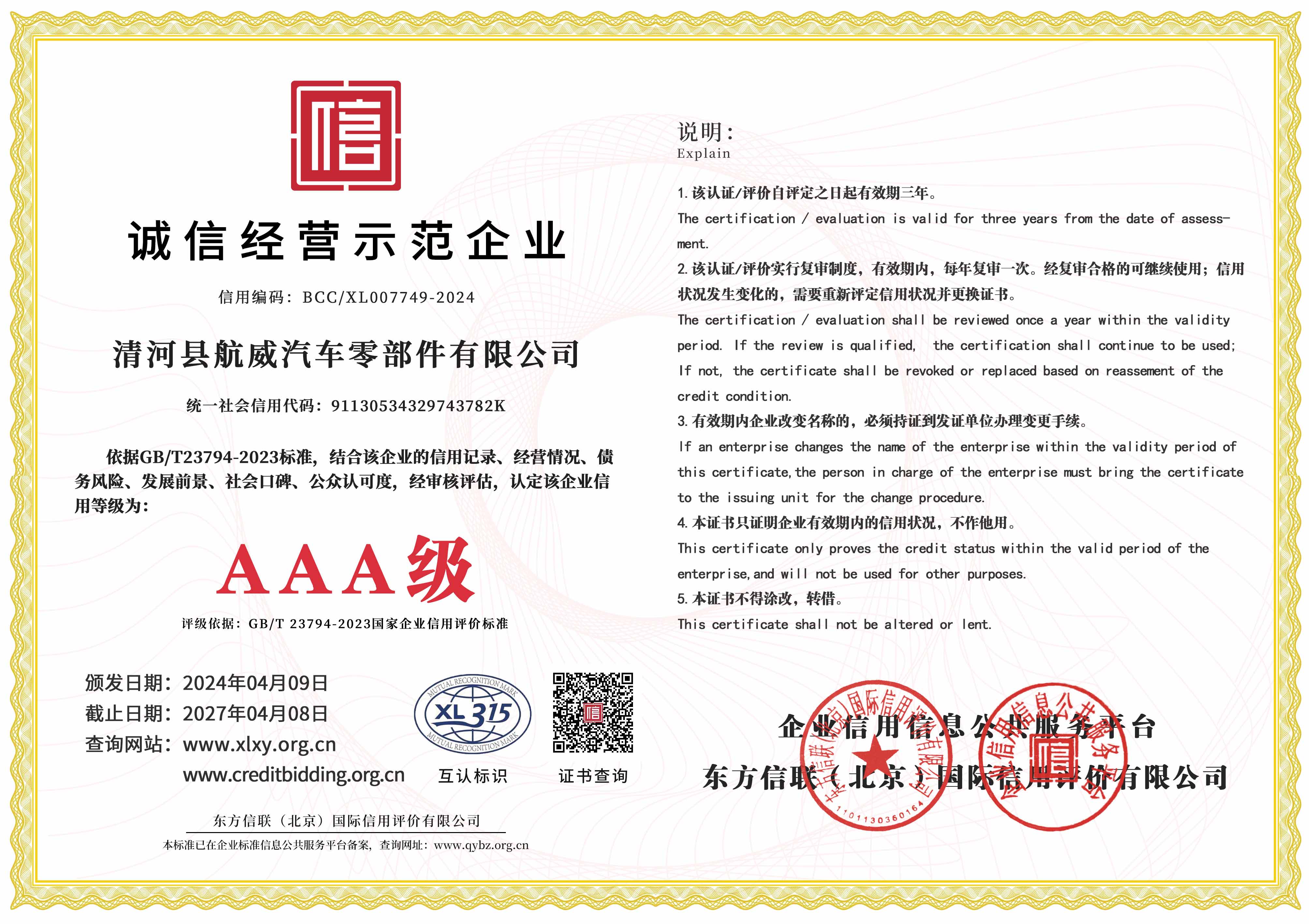Types and Benefits of Gear Cables for Bicycle Maintenance and Upgrades
Understanding Gear Cables The Heart of Your Bike's Shifting System
When it comes to cycling, the performance of your bike’s gear system plays a critical role in your riding experience. One of the essential components of this system is the gear cables. Although they might seem like a small part of your bike, gear cables significantly affect how smoothly and efficiently you can shift gears. In this article, we will explore what gear cables are, how they work, and why they are crucial for optimal bike performance.
What Are Gear Cables?
Gear cables are thin wires that connect the gear shifters on your handlebars to the derailleur, which is responsible for moving the chain between different gears. Typically, these cables are housed in a protective casing that shields them from dirt, moisture, and wear. Made from stainless steel or coated materials, gear cables are designed to withstand the rigors of cycling while providing a reliable mechanism for shifting gears.
How Gear Cables Work
When you shift gears, you pull or push a lever on your handlebars, which tensions the gear cable
. This action sends a signal to the derailleur, prompting it to move either up or down the cassette. As the derailleur changes its position, it guides the chain to the corresponding sprocket, allowing you to change gears seamlessly. The entire process is quick and precise, reflecting the reason why well-maintained gear cables are fundamental for smooth shifting.Types of Gear Cables
There are various types of gear cables available in the market, each designed for specific biking needs. Some common types include
1. Stainless Steel Cables These are durable and resistant to corrosion, making them ideal for various weather conditions.
2. Coated Cables Some cables come with a protective coating that reduces friction, improving shifting performance and extending the life of the cable.
gear cables

3. Derailleur-Specific Cables These cables are designed for specific types of derailleurs, ensuring optimal compatibility and performance.
4. Performance Cables Designed for competitive cyclists, these cables often incorporate advanced materials and technology to minimize weight and enhance responsiveness.
Importance of Maintaining Gear Cables
Maintenance of gear cables is essential for maintaining the bike's performance. Over time, cables can stretch, fray, or become dirty, leading to poor shifting performance. Regularly inspecting your gear cables for signs of wear and tear is crucial.
Typical signs that you may need to replace your gear cables include
- Difficulty shifting gears or skipping gears. - A noticeable increase in resistance when pulling the shifter. - Visible fraying or rust on the cables.
Replacing cables may seem daunting, but with a bit of practice, many cyclists can handle this task themselves. Regular maintenance, including cleaning and lubricating the cables, can prolong their lifespan and keep your bike shifting smoothly.
Conclusion
In summary, gear cables are a vital component of any cycling setup, serving as the connection between the rider's intentions and the bike's performance. Understanding how they work and the importance of their maintenance can significantly enhance your cycling experience. Whether you're a casual rider or a seasoned cyclist, ensuring your gear cables are in top shape will provide smoother shifts and a more enjoyable ride. So next time you're prepping your bike for a journey, don't overlook the significance of gear cables—they truly represent the heart of your bike's shifting system!
-
Upgrade Your Vehicle with High-Quality Handbrake CablesNewsNov.01,2024
-
Optimize Your Bike's Performance with Quality CablesNewsNov.01,2024
-
Enhance Your Vehicle's Performance with Quality Clutch ComponentsNewsNov.01,2024
-
Elevate Your Vehicle's Performance with Quality Throttle CablesNewsNov.01,2024
-
Elevate Your Vehicle's Performance with Quality CablesNewsNov.01,2024
-
Affordable Solutions for Your Cable NeedsNewsNov.01,2024
